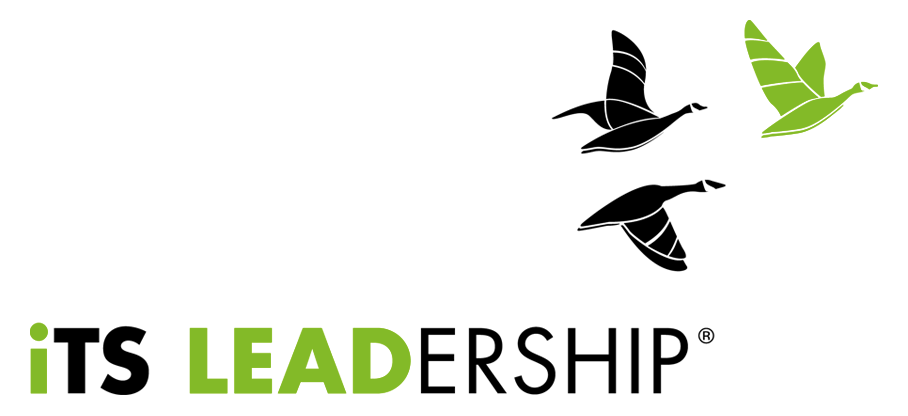When we spend money, we do so in the belief that we’ll get value from the item or experience we’ve bought. But how often is that NOT the case? When does the cost vs value equation tip into negative? Frequently.
Sometimes it’s because it was a poor purchase, but – if we’re honest with ourselves – sometimes we are the ones at fault. In my experience, there are two common mistakes we make which cause this discrepancy of cost vs value:
- We make an investment in something and then we just don’t use it.
- In trying to maximise value from an experience, we cram too much in and actually ruin it.
A familiar story
Some years ago my wife commented that she had always admired the dress sense of a colleague and wondered how she did it. Without telling her, I asked the woman her secret and she told me she used a personal shopper. So, for my wife’s next birthday I bought her a shopping trip with this expert and they spent the day together trying on different outfits. She really enjoyed the experience but I was a little disappointed when she came home with just a jacket and a couple of dresses. I was expecting her to be laden down with bags!
I had been hoping that the cost of the experience would deliver a hugely valuable result: a new wardrobe for my wife and a real boost to her self-confidence and enjoyment of clothes. Instead, she hardly wore the items she brought home and, aside from the short-lived pleasure of a day out, the value was close to zero.
Mind the gap
In this case – as so often – the intent was good but the outcome was disappointing. It is this gap that is frequently responsible for cost vs value not adding up.
We know that the decision to appoint iTS Leadership isn’t taken lightly by our clients. It’s a significant investment of time and money, arising from a clear intent to improve performance. Equally, we put in a good deal of preparation work to ensure that our programmes are tailored appropriately and executed to the highest standard. There is strong intent on both sides.
The usual delivery of a programme involves a certain amount of time spent in workshops and meetings with the client, where we will together agree on what needs to be done differently, actions to be taken, habits to be broken or formed. A bit like a new customer at a gym after their induction session with a personal trainer, the client leaves feeling excited and energised by the prospect of improvement.
However, sometimes when we meet up again after a few weeks or months, all that good intent has dissipated and we find that no improvement has occurred because no behaviour change has happened.
Taking action
The vital piece that is missing from this frustrating scenario is action. Action is the bridge between intent and outcome. An intention is nothing unless we engage with it to create the desired result. It’s the same whether it’s a shiny new gadget we’ve bought, or professional advice we’ve sought: we only get the value from it when we use it.
But what happens when there is excessive focus on action? Sometimes we try to do too much in order to extract maximum value, and this can also knock the cost vs value equation off kilter. This is where the second mistake comes into play.
Quality not quantity
When organising a meeting it can be tempting to pack the agenda with points in order to extract as much value from the day as possible. But the result will be that none of the items are given enough time, participants feel overwhelmed, discussions are rushed and poor decisions are made.
We know from running workshops for clients that the greatest value is realised when we make time for in-depth conversations and enable everyone’s views to be heard. Rather than hurrying through the process to ‘fit more in’, we insist on drilling into the detail. That is the only way to mine the diamonds.
As we explored in our last blog, doing less to achieve more is a strategy for success in many situations. The trick is to focus our time and attention where it can make the greatest impact. It will always be better to get the maximum value from two things than bear the cost of ten.
As a leader, when assessing the cost vs value of a project or investment, it’s vital to consider the appropriate level of action required too. Participants must be willing and able to commit the necessary time and focus to the endeavour – not too little nor too much.
When have you landed on the right or wrong side of this cost vs value balance? We’d love to hear!
As ever, if you need support, please don’t hesitate to get in touch.
Let’s start something new!
Get in touch with us today and take the first steps to transforming your business.

Recent Comments